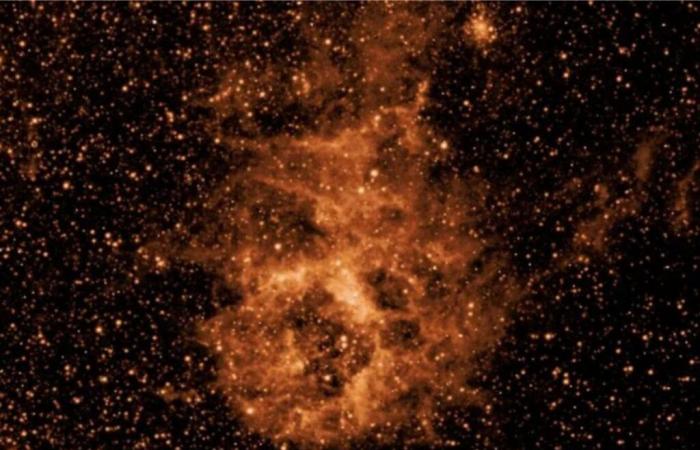NASA has just opened a new eye in the cosmos, and this week begins with its scientific operations to draw the map of the universe.
After six weeks of calibration, Spherex-spectrum-photometer of the history of the universe, it was of reionization and ice explorer-begins its two-year mission of drawing an ultra detailed map of the entire Universe.
The Space Observatory was launched in early March After some delaysand today it takes 3,600 infrared images per day, collecting the light to long wave that humans cannot see and that contains evidence of cosmic objects and events that occurred since the beginning of the universe.
Unlike other telescopes that observe specific portions of the sky, Spherex will observe the entire heavenly sphere, completing a sweep every six months. Spherex orbit around the earth about 14 times per day, and every time a new slack of the Milky Way and what is beyond. Spherex captures the light with six detectors that break down the light in 102 infrared colors, which the mission will use to make more than 9 million observations of interstellar clouds in our galaxy throughout the useful cycle.
Looking for answers
With these infrared images scientists hope to find the answers to some of the great questions, such as the way in which the universe expanded billions of billions of times after the big bang occurred. Spherex will look for the faint fingerprints of that massive expansion, hidden in the positions of the galaxies that fill the sky.
“We will study what happened on the minor scales of the first moments of the universe looking at the modern universe on the largest scales,” he said in A NASA statement Jim Fanson, who directs the mission project in the NASA propulsion laboratory. “I think there is something poetic.”
But that’s not all. Using a technique called Spherex spectroscopy, you can break down the light of distant galaxies, stars -forming clouds and dusty regions of the Milky Way to show what they are made of, and that could show how it was that the essential ingredients for life, such as water and organic molecules, spread through the universe.
“The instrument works and has the expected performance,” said principal investigator Jamie Bock in the same statement. “That means we can carry out all the wonderful science work we had planned, and perhaps until unexpected discoveries.”
Spherex will be the first mission to draw the map of heaven in so many colors. Throughout the two years of the mission, hundreds of thousands of images taken, in four maps of the entire sky, which could help scientists understand the origins and evolution of the universe.
This article has been translated from Gizmoda US by Lucas Handley. Here you can find the original version.






